UNIT 2.3
BALANCE OF PAYMENT AND EXCHANGE RATES
BALANCE OF TRADE.
Balance of trade refers to
"Account of the money value of merchandise imports and exports during a given period of time."
In it we include only visible items of export and import and leave the invisible one.
BALANCE OF PAYMENT.
The Balance of payment refers to
"The difference of total receipts and payments of a country with rest of the world during a given period of time."
The balance of payment includes in it, not only the visible items of export and imports but also the invisible items such as payment for services, expenditures on foreign missions etc.
DIFFERENCE BETWEEN THE TWO:
Balance of trade includes only the transactions regarding physical or visible goods while Balance of payment show the over all external payment position of a country's international transactions of both the goods and services and other monetary transactions. To sum up the balance of trade is a part of balance of payment.
MEANING OF DEFICIT IN BALANCE OF PAYMENT:
When the total receipt of a country fall short of total payment it has to make to the foreign countries for the purchase and sales of goods and services and other items, the balance of payment is said to be in deficit. Persistent deficit in balance of payment of a country indicates the weak performance of an economy and therefore steps must be taken to correct the deficit in B.O.P.
CAUSES OF DEFICIT IN BALANCE OF PAYMNENT
Following are the important causes of deficit in balance of payment of a country.
1: Inflation
2: Adverse TOT
3: Structural backwardness
4: Early stage of development
5: Political instability
6: Population explosion
7: Consumption oriented society
MEASURES TO CORRECT ADVERSE B.O.P.
Government can resort to various measures for improvement in balance of payment position. Some suggested measures are mentioned as under.
1) Monetary and fiscal policies.
2) Import substitution policy.
3) Export promotion measures.
4) Export of value added goods.
5) Diversification of exports.
6) Tariff concession to export oriented industries.
7) Quality control measures.
8) Modernization of Agriculture.
9) Control on invisible imports.
10) Increase in workers remittances.
11) Devaluation of currency.
12) Regional trade agreements.
13) Economic ties with Islamic world.
14) Population control.
MEANING AND DETERMINATION OF EXCHANGE RATE
MEANING:
The rate at which currency of one country is exchanged with the currency of other county is called exchange rate. In other word units of currency of a country which are required for the exchange with each unit of foreign exchange i.e. U.S $ dollar e.g. Rs. 57 = $1, is the exchange rate between US$ and Pak rupee.
There are three methods or systems for determining the exchanges rate.
(1) Floating exchange rate system.
(2) Managed floating exchange rate system.
(3) Fixed exchange rate system.
In the following discussion determination of exchange rate in floating exchange rate system is discussed.
FLOATING EXCHANGE RATE SYSTEM
When the exchange rate is freely determined by the forces of demand and supply of foreign exchange , it is called floating exchange rate. Thus, when demand/supply of foreign exchange rises or falls the exchange rate moves accordingly.
To explain this system we assume that we are dealing with the exchange rate of Rs. in terms of US $
DEMAND FOR FOREIGN EXCHANGE :
Basically the demand for foreign exchange depends upon the demand for imports by that country eg. Demand for import by
SUPPLY OF FOREIGN EXCHANGE :
On the other hand, the supply of foreign exchange or US $ will depend upon the exports of a country, for example
EQUILIBRIUM :
Thus, the equilibrium between these two forces of foreign exchange will determine the exchange rate under the floating exchange rate system. This is shown in two hypothetical diagrams below :
On the vertical axis we measure the units of Rs. per unit of US $ and on the horizontal axis we measure the quantity demanded and supplied of foreign exchange i.e. US $. The curves, i.e. DD represents the demand for
|
|
Supposing that the DD curve shifts
upward to D'D' meaning that demand for
Since more Rs. are required per US $ this shows that the Rupee has depreciated in the international market and that the

